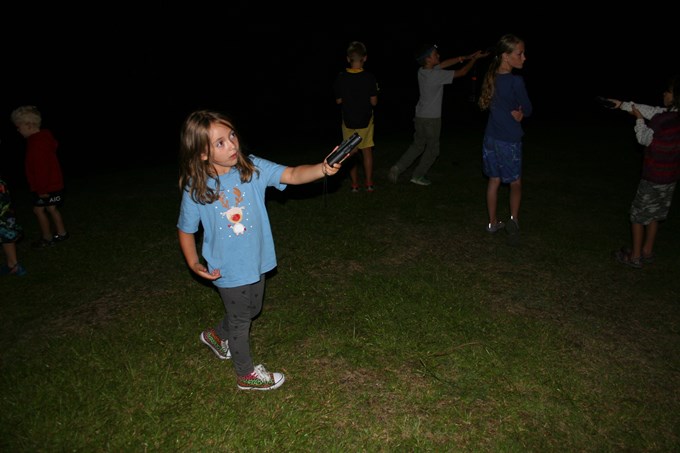You can borrow a bat detector for free from Auckland Council and go bat-spotting in your backyard or at your local stream or park. The bat detectors pick up the echolocation (sound navigation) calls that bats make but humans can’t hear, and convert them into audible clicks and buzzes.
In April, pekapeka (long-tailed bats) were detected in Henderson for the first time in 15 years. Stream restoration and pest-control work carried out by Project Twin Streams has attracted insects that bats eat and brought bats back to urban areas.
Pekapeka are active from spring through summer and feed at dawn and dusk. Other habitat conditions that long-tailed bats enjoy include:
- areas near water
- open areas
- places that have mature trees for roosting
- warm nights.
Email biodiversity@aucklandcouncil.govt.nz to find out more about borrowing bat detectors.
Long-tailed bat facts
- small (weighing between 8-11grams) – as much as a couple of $2 coins!
- vulnerable to predation from possums, rats, ferrets, stoats, weasels, and feral cats
- feeds on moths, midges and other flying insects at dawn and dusk
- focuses much of its foraging activity along streams, where any large trees growing along riparian margins may be used for roosting
- uses an echolocation call at a very high frequency for both social interactions and foraging for food (which cannot be heard by the human ear)
- commonly roosts high in tree cavities, epiphytes or loose-bark of large native trees (prefers virgin kauri forest)
- on average will have 10 bats occupying a roost
- moves between different roosts on a nightly basis
- can fly at 60km/hr over a very large range


